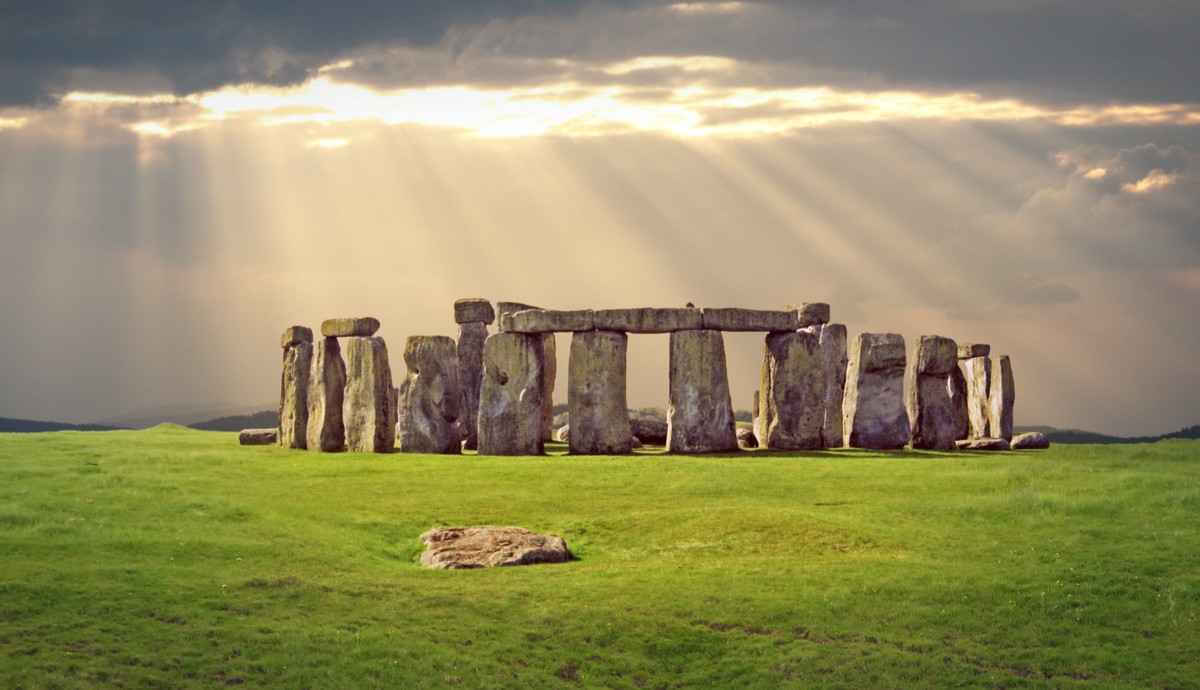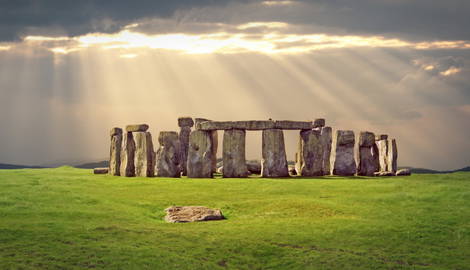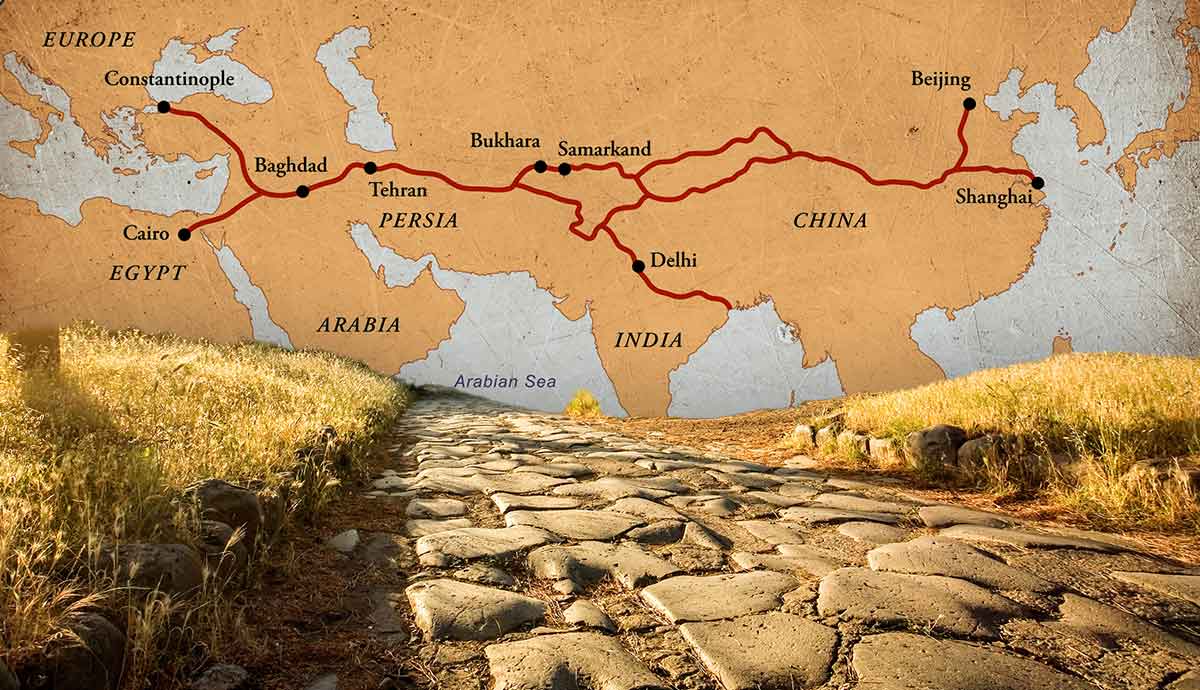
The ancient world was full of incredible marvels and religious sites. Many of these have been lost to time, but plenty of them still stand, and with your passport and visa in hand, you can visit them all. These ancient sites don’t just give us a window into our ancestors’ belief system; they are also tremendous feats of engineering. It’s difficult to imagine how those who preceded us were able to create these masterpieces without modern technology.
These eight sites should undoubtedly be on your travel bucket list.
1. Petra, Jordan

Petra, Jordan, is sometimes called the “rose city” because of its pinkish, sandstone hue, located in southern Jordan. It dates back to the fourth century BCE and was an important trading city in the ancient world. One of Petra’s major claims to fame is its notable appearance in Indiana Jones and the Last Crusade, where its treasury was prominently featured as the holy grail’s resting place. Petra is excellent to visit by day, but utterly magical at night when you can take a candlelight tour.
2. Chichen Itza, Mexico

The Mayan temple of Chichen Itza is one of the region’s most iconic symbols, a Central American pyramid that was a prominent political and cultural site in its day. Chichen Itza was built somewhere between the ninth and twelfth centuries and honors Kukulcán, a famous serpent god. This temple is especially stunning in the very early morning, when the crowds are thinner and you can get exceptional photographs of the pyramid against the morning sky.
3. Machu Picchu, Peru

Peru’s Machu Picchu is one of the most well-known ancient wonders of South America. Located high in the Andes Mountains, it’s a popular trekking destination. Still, you can also take a train from nearby Cusco to Aguas Calientes, the town at the base of Machu Picchu. It was built sometime in the 15th century and is a marvel of Incan architecture and stonework. See it for yourself, but be advised that the altitude can be tricky to navigate. Stay hydrated, and take it slow while you’re exploring.
4. Stonehenge, England

Stonehenge was built between 3,000 and 2,000 BCE and is one of the most recognizable symbols of the United Kingdom. It’s in Wiltshire, south of London. Although it’s hard to say precisely what Stonehenge’s purpose was, it likely pertained to astronomical events and ceremonial rites. Visiting Stonehenge in the early morning is a transformative experience because you’ll contend with fewer crowds. You can also visit on the summer solstice, when the sun aligns with Stonehenge, but that time of year is busier.
5. Angkor Wat, Cambodia

The ancient Khmer temple of Angkor Wat is one of Cambodia’s most incredible ancient places. It’s also close to several other temples as part of the Angkor Archaeological Park in Siem Reap, so you can combine your trip with several other ancient sites. This temple was built sometime in the 12th century as a Hindu temple in the ancient capital of Angkor of the Khmer Empire, but was later repurposed as a Buddhist temple. Today, you can see remnants of both faiths in Angkor Wat. This temple is massive, so it’s a good idea to wear decent shoes, bring water, and arrive early to avoid the crowds.
6. Giza, Egypt

When you picture the ancient world, the pyramids of Giza likely pop into your mind. These iconic structures were created around 2500 BCE and contain familiar elements like the Sphinx. Structurally, these pyramids are wonders in and of themselves, comprised of large stone pieces. Highlights of this site include the Great Sphinx and the Pyramid of Khufu (the Great Pyramid), which is almost 500 feet tall. Tours are recommended, and it’s good to go early or in the late afternoon to avoid the hottest part of the day.
7. Colosseum, Italy

Italy’s Colosseum dates back to 80 CE and was once home to fierce gladiator battles in ancient Rome. This massive structure is the ancient world’s equivalent of a major league sports arena, with room for 80,000 people. Today, it’s a fantastic example of Roman architecture and design. You can sit where the ancient spectators sat or tour the underground area where gladiators prepared for their epic battles.
8. Acropolis, Greece

Greece’s Acropolis contains several important structures, including the Parthenon, and towers over Athens. It was built in the fifth century BCE and is a monument to Athena, the goddess of wisdom and warfare. Since a lot of the Acropolis is exposed, it’s best to visit during the morning or evening to avoid intense heat and wear shoes with tread to navigate the uneven terrain.
These eight sites are excellent examples of the ingenuity of the ancient world and are well worth a visit.










